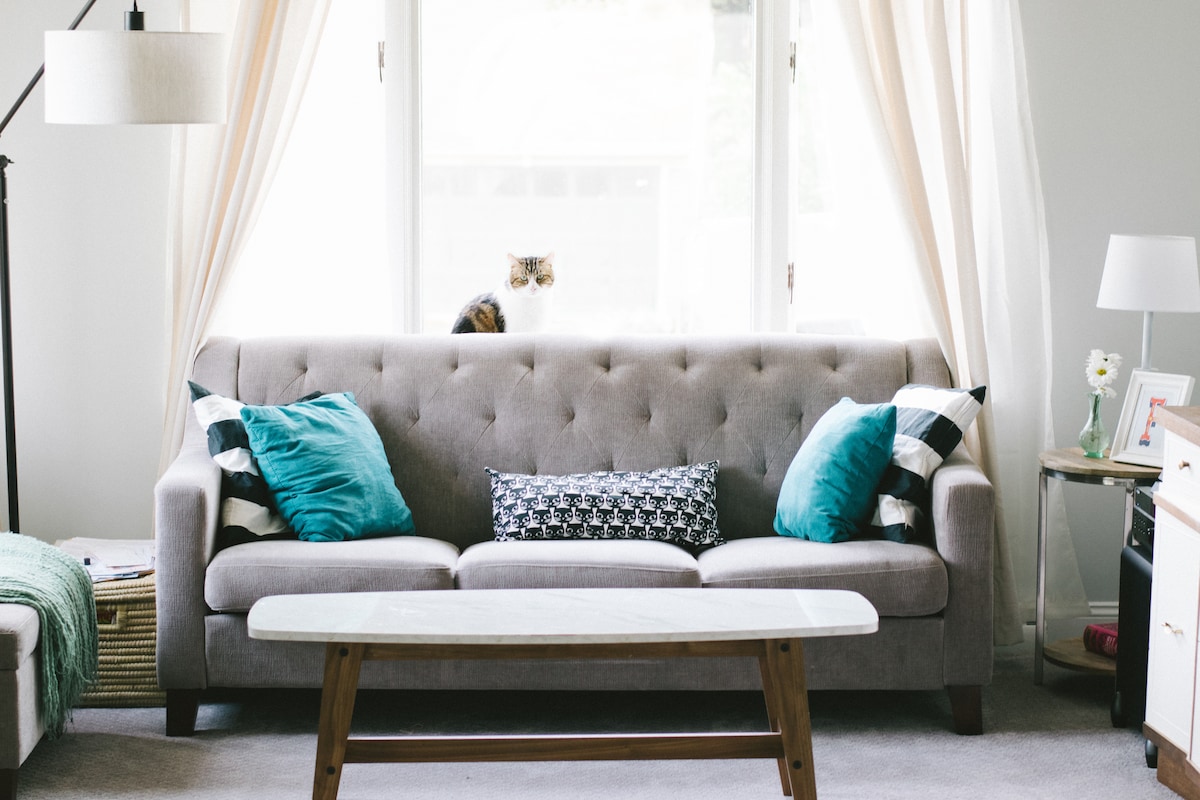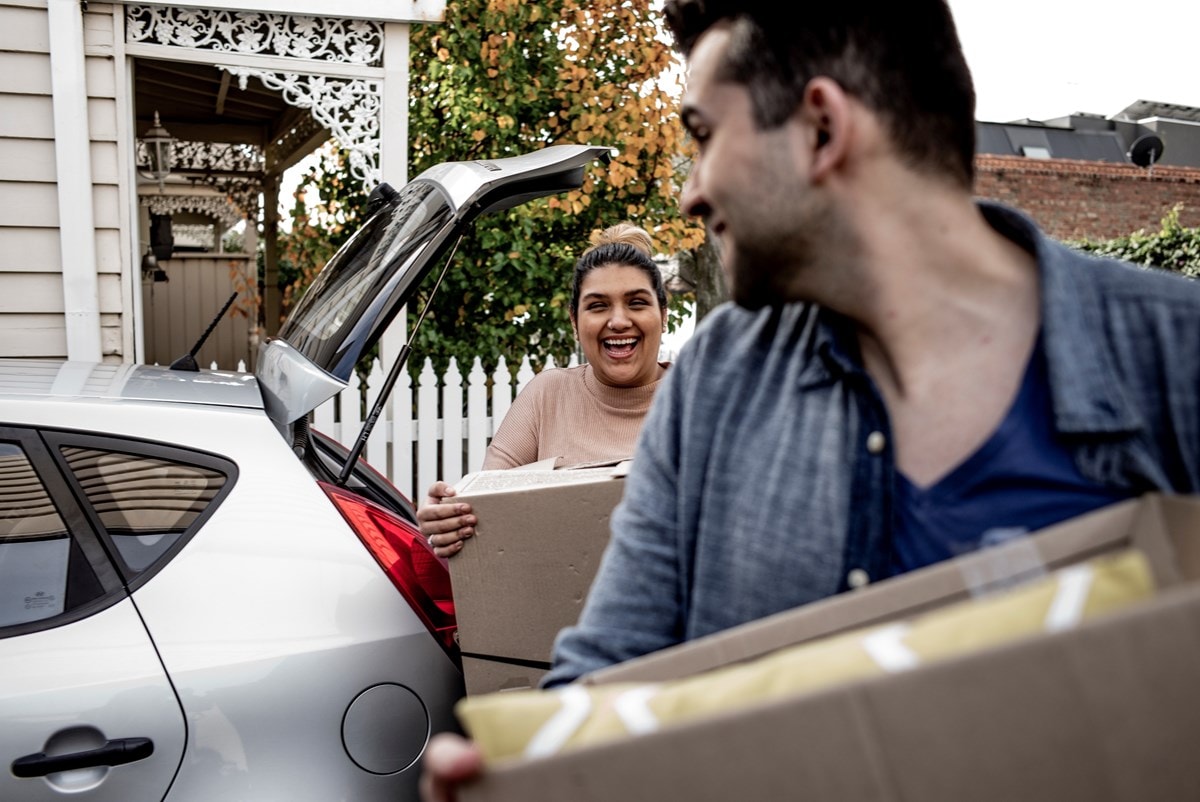Help transform your investment property into a place that’s desirable to rent and comfortable to live in, with these energy saving tips.
How to reduce energy bills for investment properties
Develop a property that’s comfortable
Poor airtightness in your home can increase your energy bills by up to 20% as it can lead to air drafts. Draught proofing internal and external doors needn’t be expensive. With heating and cooling lost through gaps and cracks adding up to as much as 20% of energy bills, this is particularly important in older homes. Chimneys and flues are also a common source of air leaks. Fitting dampers is an easy solution and a great way to save electricity and help reduce energy bills.
To help keep the place cool in summer, and retain heat in winter, fit efficient window coverings like lined curtains and blinds or window insulation film. Check for and seal gaps between ceilings, floors, walls and new window frames. If you want to improve airtightness in your investment property, ask a professional to conduct a blower door test and help identify all leaky spots.
Contain heating and cooling costs
Whether your tenants are trying to stay cool or warm up, home insulation makes a big difference to their energy bills – reducing the cost of heating and cooling by up to 45% while improving comfort levels. It’s worthwhile investigating either replacing or adding insulation to your roof and/or ceiling floor and walls. Select a high R-value insulation that’s installed professionally, e.g. in Victoria a minimum of R3.5 is recommended.
Ceiling fans can be a very energy-efficient method to cool and warm up a space. In summer, they circulate and cool the air, while in winter they can direct warm air that rises from your heating system back down towards the floor when you reverse the direction of the blades. Fans aren’t just cheap to buy and run, they operate quietly and suit all room sizes.
If your property has an air conditioner, encourage tenants to set timers to keep their costs under control and to set the unit at the optimal temperature setting of 20 degrees for the summer months. Also, set reminders about cleaning filters to help make sure they continue to operate efficiently.
Take a close look at your water heater
After space heating and cooling, water heating is the second-largest energy user in the average Australian home. It accounts for approximately 15% to 30% of household energy use and it’s, on average, the largest source of greenhouse gas emissions from homes. Get your local plumber to check the thermostat is set to an optimum temperature.
To further reduce heat loss and save energy, insulate external hot water pipes. When you’re buying a water heater, compare water and energy efficiency star ratings between models.
Be water-wise
- Install AAA WELS-rated taps and bathroom fixtures in the bathroom and laundry.
- Upgrade to a dual-flush toilet, which uses up to around 60% less water than a single flush unit.
- If your hot water system is ripe for replacement, consider highly efficient water heaters, such as 5-star gas or solar.
- When choosing a washing machine, go for one with a 5-star WELS rating.
- In the kitchen, choose a high WELS rated dishwasher.
Investigate rebates
You could be eligible for rebates to help offset the upfront cost of energy or water-saving features. Do your research – through local council and your energy providers.
Take a look at the below websites for rebates and offers that may be available in your state:
Create energy saving checklists for tenants
Your local and state government websites include all kinds of sustainable living tips. By implementing the tips above and considering providing printouts for your tenants on how to save on energy and bills, you’re not just doing your bit for the environment, you could also be helping to reduce your tenancy churn rate. Now that’s a win-win for everyone!
So, what about your place? Learn some simple ways to manage your home’s energy usage.



